Neuroscience

Neurotransmitter receptors function via various G-protein coupled and G-protein independent mechanisms that activate downstream intracellular signaling pathways such as cAMP/PKA, PI3K/AKT, phospholipase A2, and phospholipase C pathways. For instance, dopamine receptors act through adenylate cyclase to activate PKA and other signaling molecules, thereby mediate gene expression through the actions of CREB and other transcription factors. Other neurotransmitters such as NMDAR or AMPAR are associated with ion channels that control flux of Ca2+ and Na+, thus propagating the action potential across the post-synaptic neuron.
Dysfunctions in GABAergic/glutamatergic/serotonergic/dopaminergic pathways result in a broad range of neurological disorders such as chronic pain, neurodegenerative diseases, and insomnia, as well as mental disorders including schizophrenia, bipolar disorder, depression, and addiction.
-
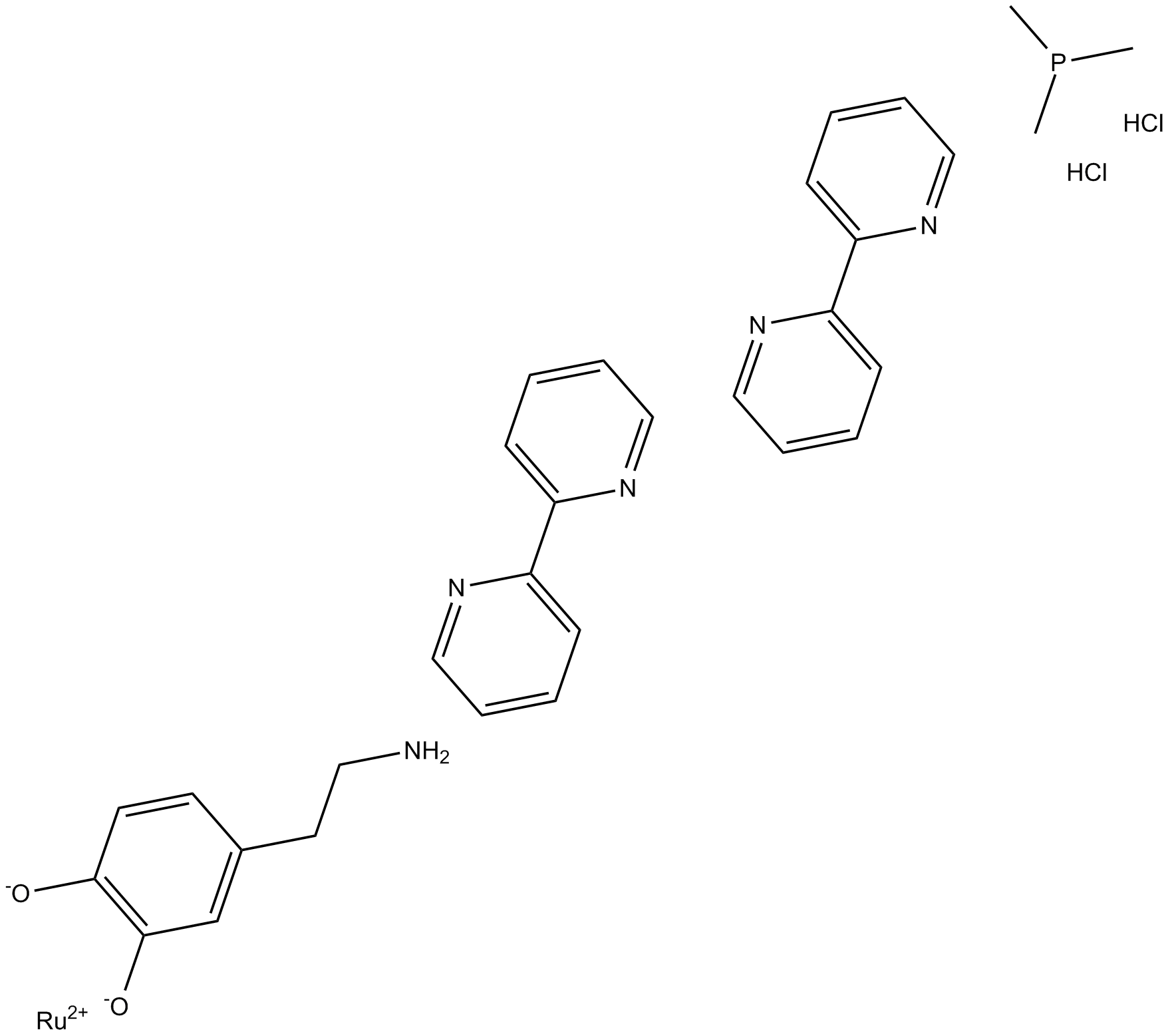 B5774 RuBi-DopaSummary: dopamine receptor activator
B5774 RuBi-DopaSummary: dopamine receptor activator -
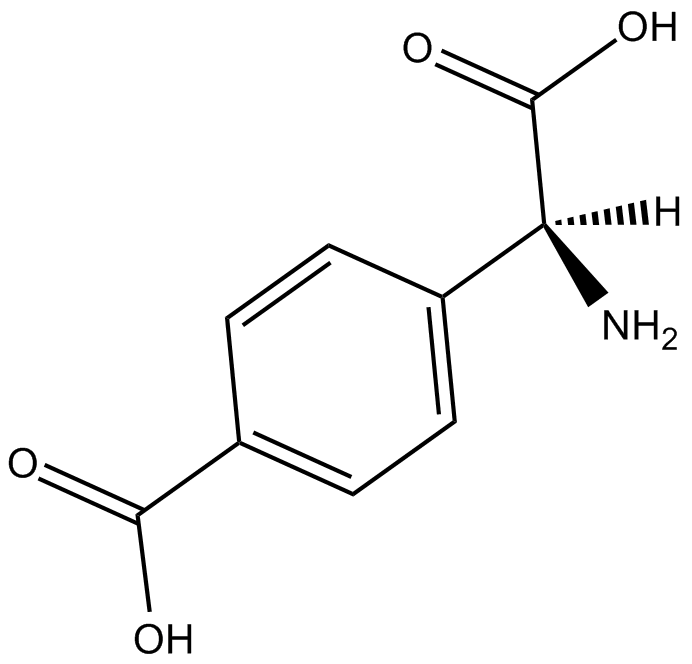 B6258 (S)-4-CarboxyphenylglycineSummary: group I metabotropic glutamate receptor antagonist
B6258 (S)-4-CarboxyphenylglycineSummary: group I metabotropic glutamate receptor antagonist -
 B7205 Mecamylamine hydrochlorideSummary: nicotinic acetylcholine receptor antagonist
B7205 Mecamylamine hydrochlorideSummary: nicotinic acetylcholine receptor antagonist -
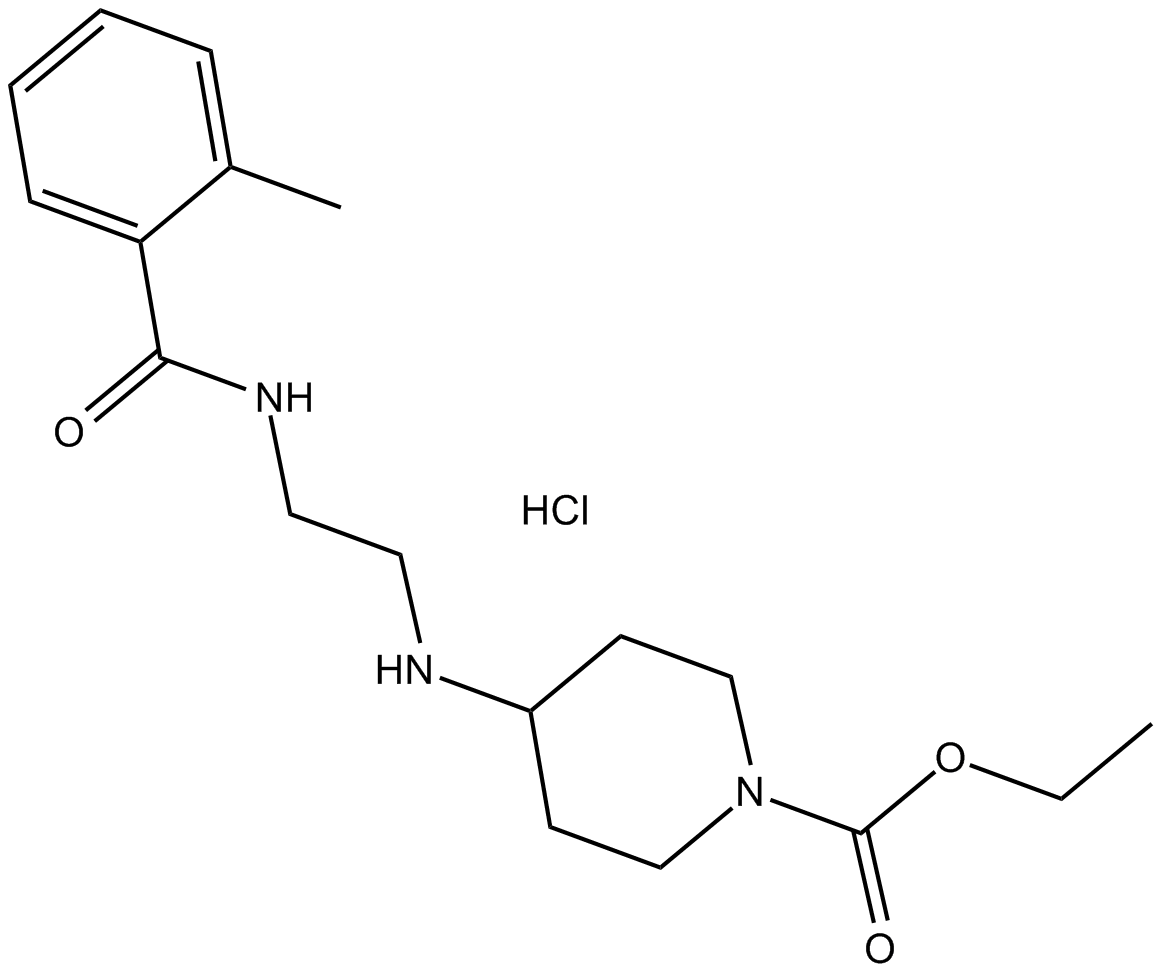 B7636 VU 0357017 hydrochlorideSummary: Positive allosteric modulator of muscarinic M1 receptors
B7636 VU 0357017 hydrochlorideSummary: Positive allosteric modulator of muscarinic M1 receptors -
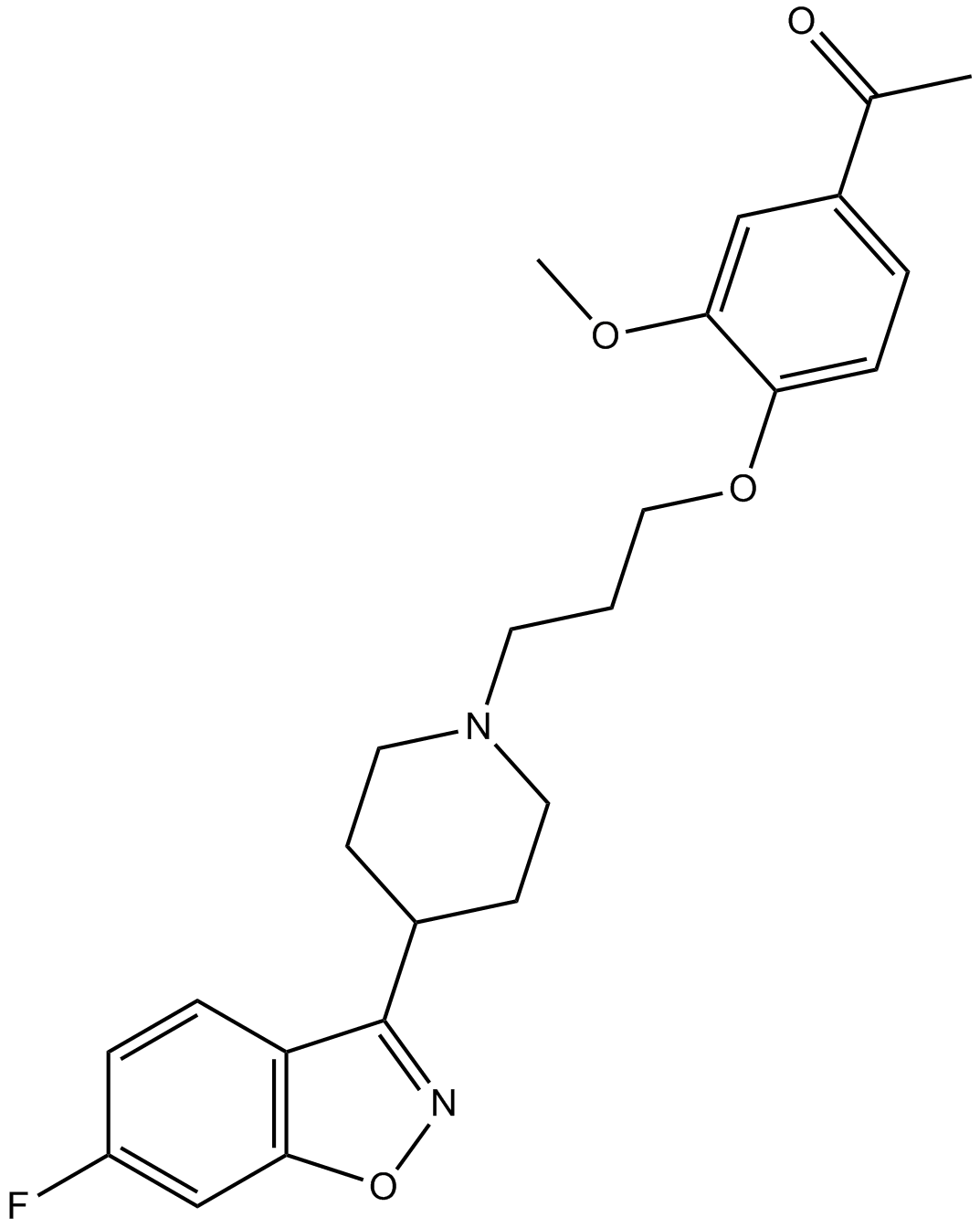 A5399 IloperidoneSummary: Dopamine (D2) and serotonin (5HT2) receptor antagonist
A5399 IloperidoneSummary: Dopamine (D2) and serotonin (5HT2) receptor antagonist -
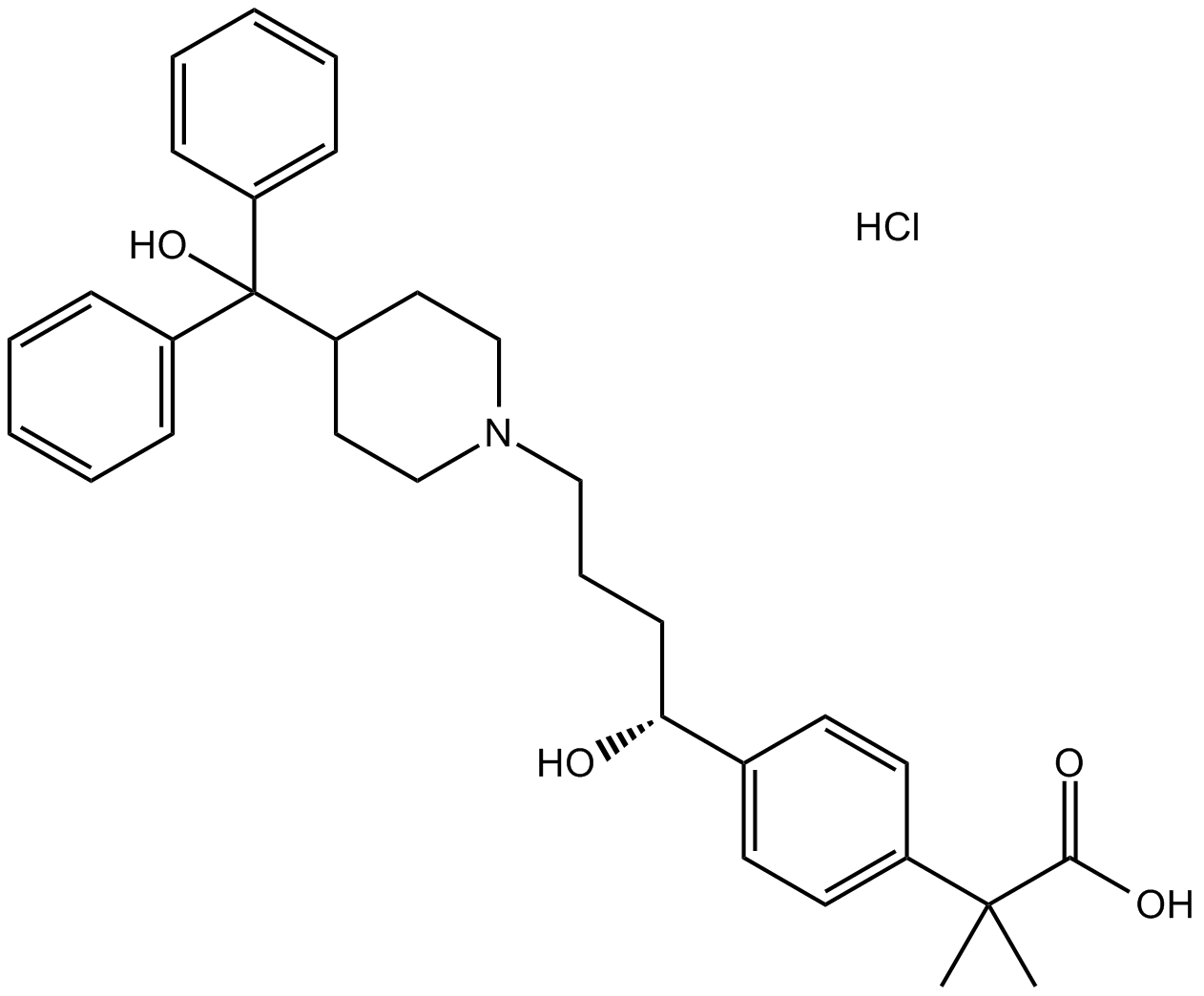 B1573 Fexofenadine HClSummary: Histamine H1 receptor inhibitor
B1573 Fexofenadine HClSummary: Histamine H1 receptor inhibitor -
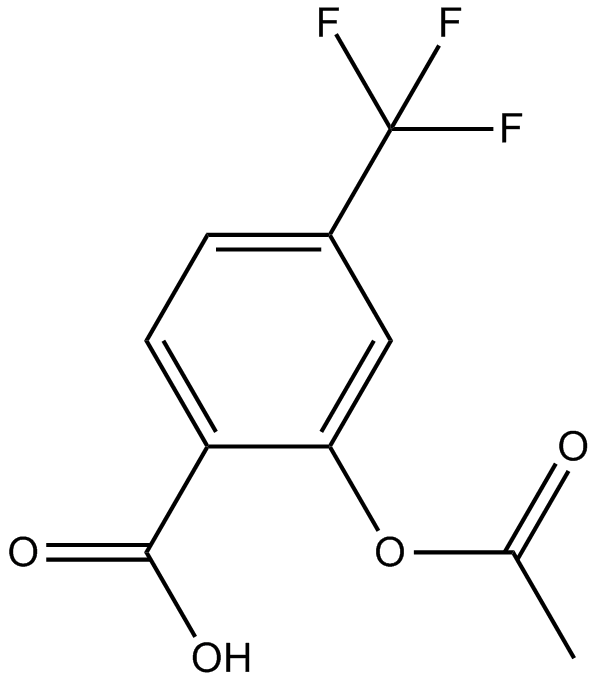 B1461 TriflusalSummary: COX inhibitor
B1461 TriflusalSummary: COX inhibitor -
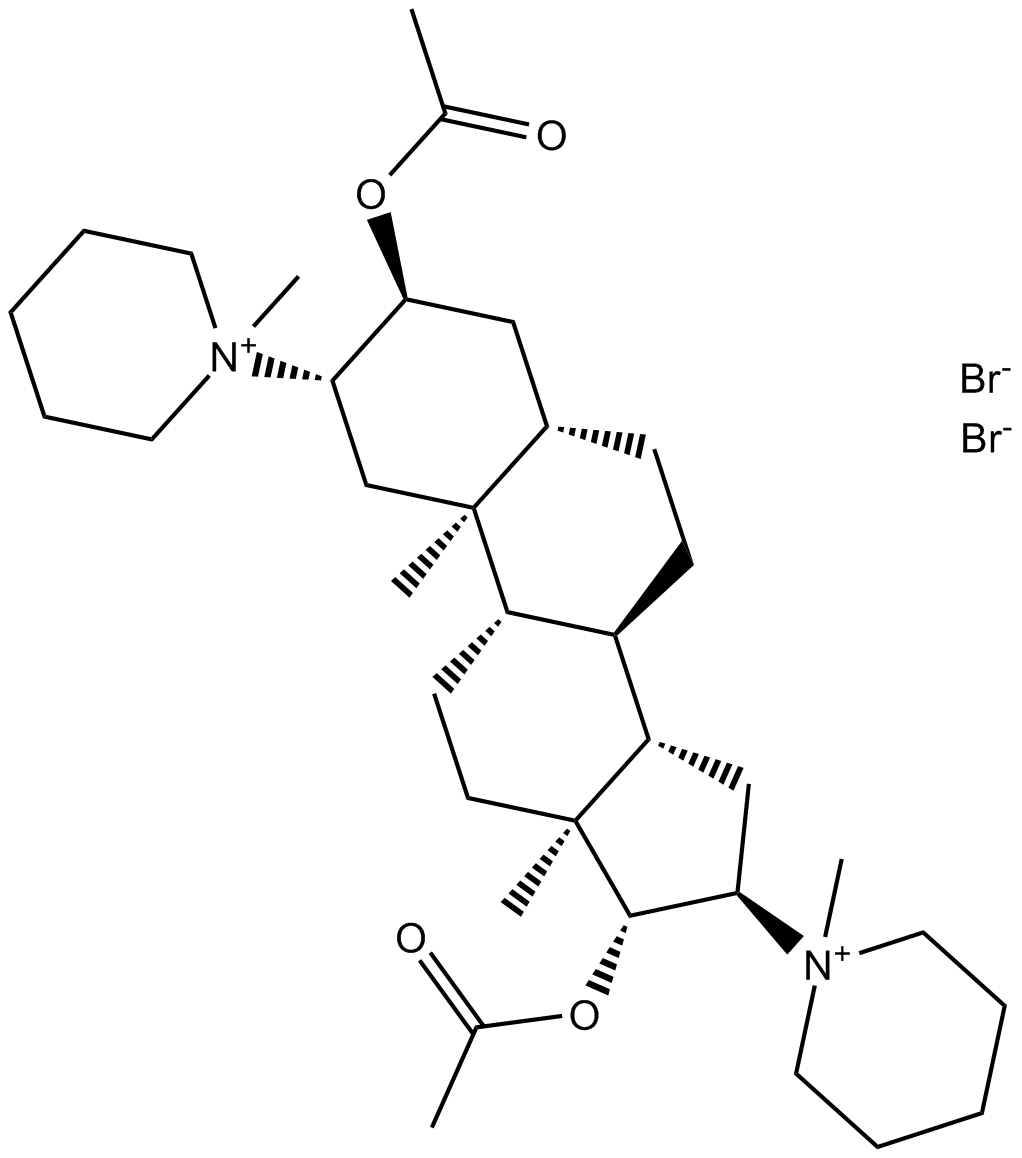 B1612 Pancuronium dibromideTarget: AChRSummary: AChR antagonist
B1612 Pancuronium dibromideTarget: AChRSummary: AChR antagonist -
 B7200 (+)-Tubocurarine chlorideSummary: nicotinic acetylcholine receptor antagonist
B7200 (+)-Tubocurarine chlorideSummary: nicotinic acetylcholine receptor antagonist -
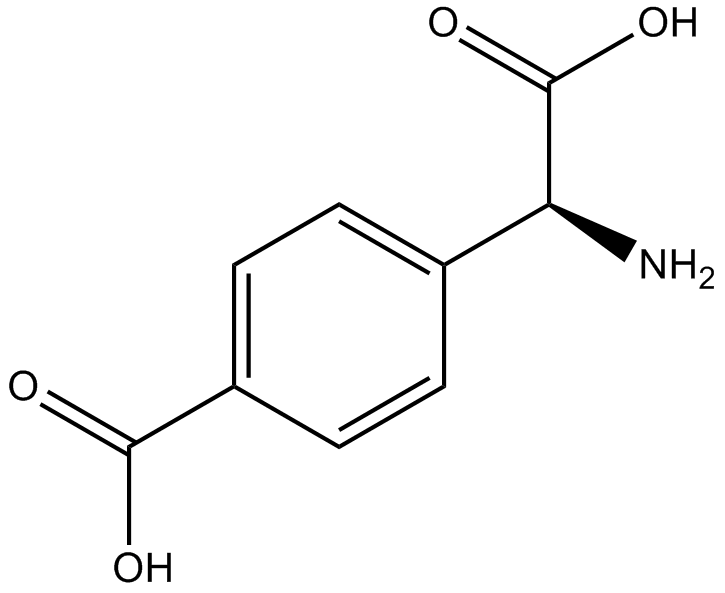 B6256 (RS)-4-CarboxyphenylglycineSummary: broad spectrum EAA ligand
B6256 (RS)-4-CarboxyphenylglycineSummary: broad spectrum EAA ligand

